Future face: augmented reality is changing the way we look
AI, e-makeup, augmented reality — discover the rise and rise of algorithmic beauty

Today, augmented reality, which means taking digital elements and overlaying them over the physical self, is rapidly redefining the beauty-scape — with creatives, brands and retailers now blurring the boundaries between fantasy and reality more than ever before.
‘I wanted to create my own vision of beauty from the future,' explains 3D-makeup artist Ines Alpha, whose clients include Dior and Selfridges. ‘It’s pretty new that we’re using 3D and digital elements as makeup. I consider makeup to be something that transforms your face, be it an Instagram filter or what I do. It’s how makeup has been used since the Egyptians: enabling humans to transform into a character.'
The rise of the ‘digital double' could also help form hybrid, and less prescriptive beauty standards. Parisian-based makeup artist Cécile Paravina, who recently worked on a project in collaboration with Frederik Heyman – involving 3D scanning and adding elements of styling, hair and makeup post-production in order to push the aesthetic – is excited about the new ways of consuming beauty, where the IRL and URL self coexist. Paravina says AR could be a powerful tool for brands to ‘offer guidance and knowledge to those who want to experiment with their visual identity; be it a physical or a virtual one.'
‘At some point in the near future everyone will want to try on makeup using augmented reality before buying it,' agrees Jonathan Chippindale, CEO of digital studio Holition. ‘For instance, we created an AR magic mirror for Charlotte Tilbury, where you can see yourself wearing any of her looks in store and dial them up or down, depending on the intensity. A lot of this is about trying to understand everyone at an individual level – because we’re all different.'
Even the biggest names in beauty have taken note of the trend and are already making their first forays into tech. L’Oreal’s Perso, launching globally in 2021, is an AI device that analyses your skincare needs to create personalized products on the spot. Elsewhere, Sephora’s ‘Virtual Artist’ mirror simulates makeup on a person's face. ‘I think it's effective for colour makeup like lipsticks but trickier for categories like mascara,' says retail editor Kati Chitrakorn, who trialed Sephora’s new ‘try-on’ technology in Los Angeles last summer. ‘These new forms of data give brands the opportunity to understand their customer in a deeper way. The biggest challenge for brands, however, is making sure there's real value in the experience.'
So, what does the changing face of beauty look like in, say 30 years time? ‘It is possible new and old ideals of beauty will ultimately blend and influence one another,' Cécile predicts. ‘Masahiro Mori’s Uncanny Valley could be the next aesthetic canon.'
Receive our daily digest of inspiration, escapism and design stories from around the world direct to your inbox.
-
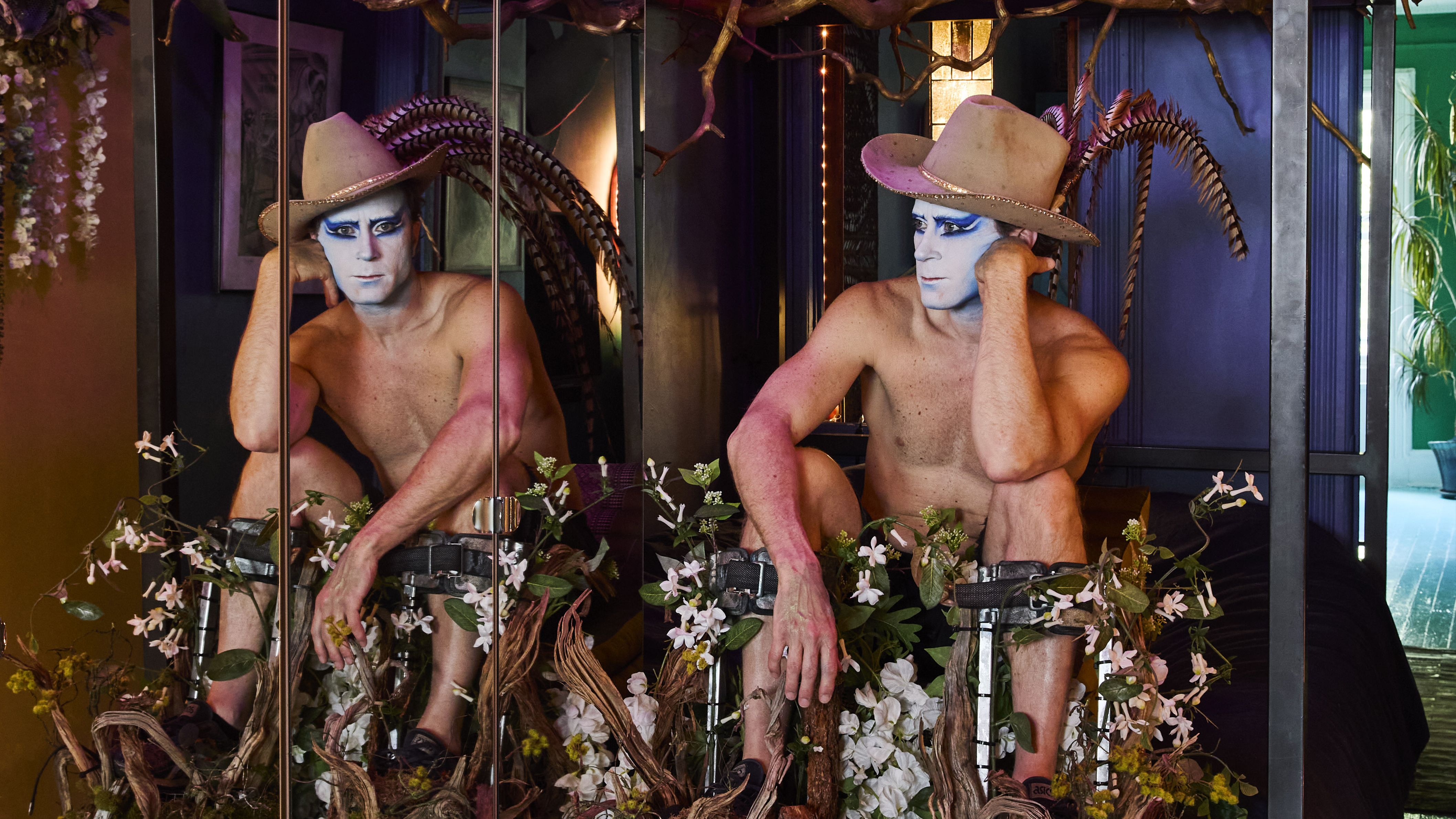 Inside the fantastical world of performance artist, Darrell Thorne
Inside the fantastical world of performance artist, Darrell ThornePerformance artist Darrell Thorne straddles multiple worlds, telling stories through transformation, reinvention and theatrical excess
-
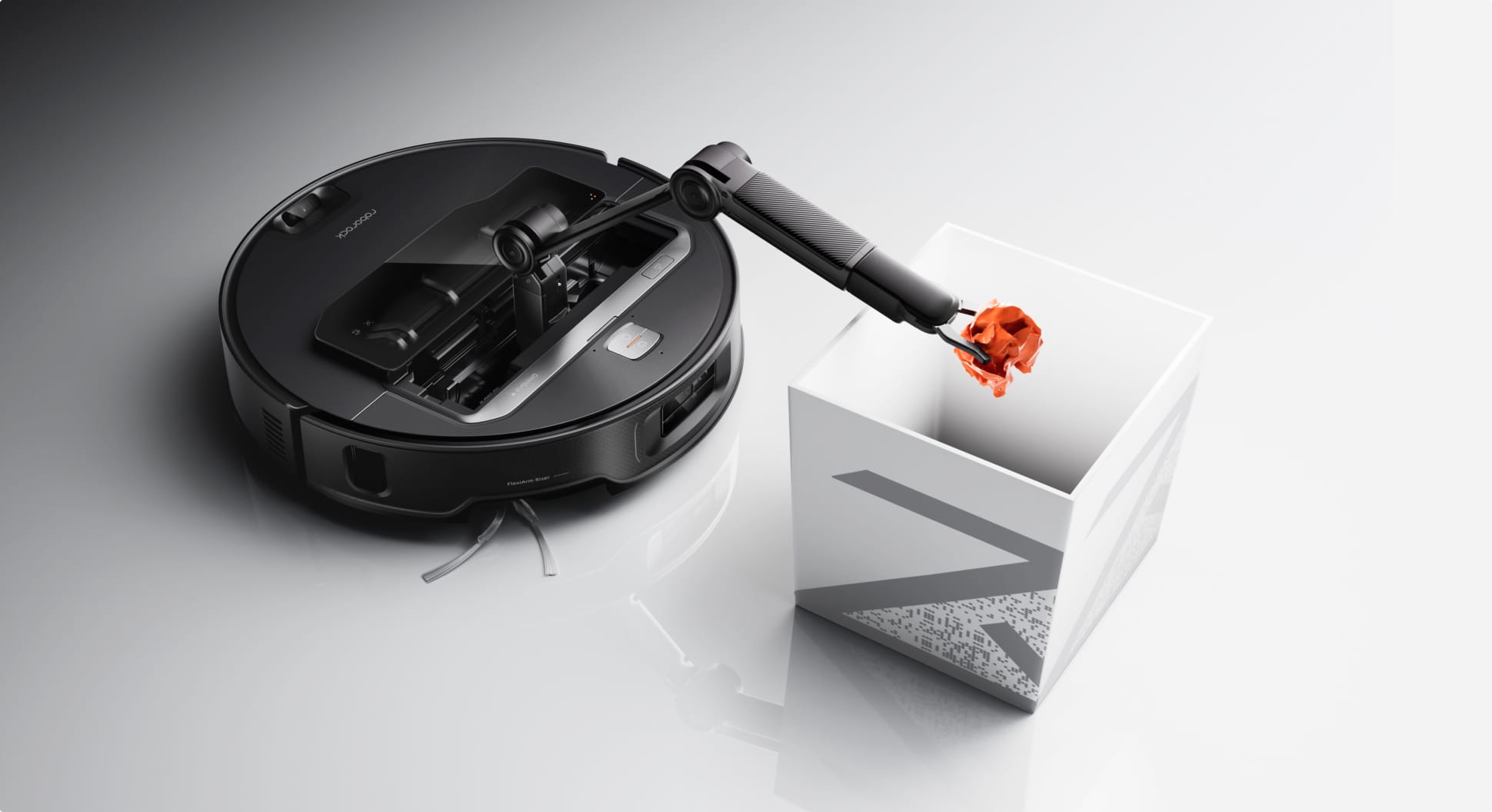 Mostly armless: life with the Roborock Saros S70 and taking a (shallow) step into the future
Mostly armless: life with the Roborock Saros S70 and taking a (shallow) step into the futureThe arm-equipped Roborock Saros Z70 robot vacuum dusts, mops and even cleans up your messy household. So why did it feel like adding a demanding new family member?
-
 Out of office: the Wallpaper* editors’ picks of the week
Out of office: the Wallpaper* editors’ picks of the weekSummer holidays are here, with Wallpaper* editors jetting off to some exceptional destinations, including highly recommended Mérida in Mexico. Then it’s back to work, or, for one editor, back to school…
-
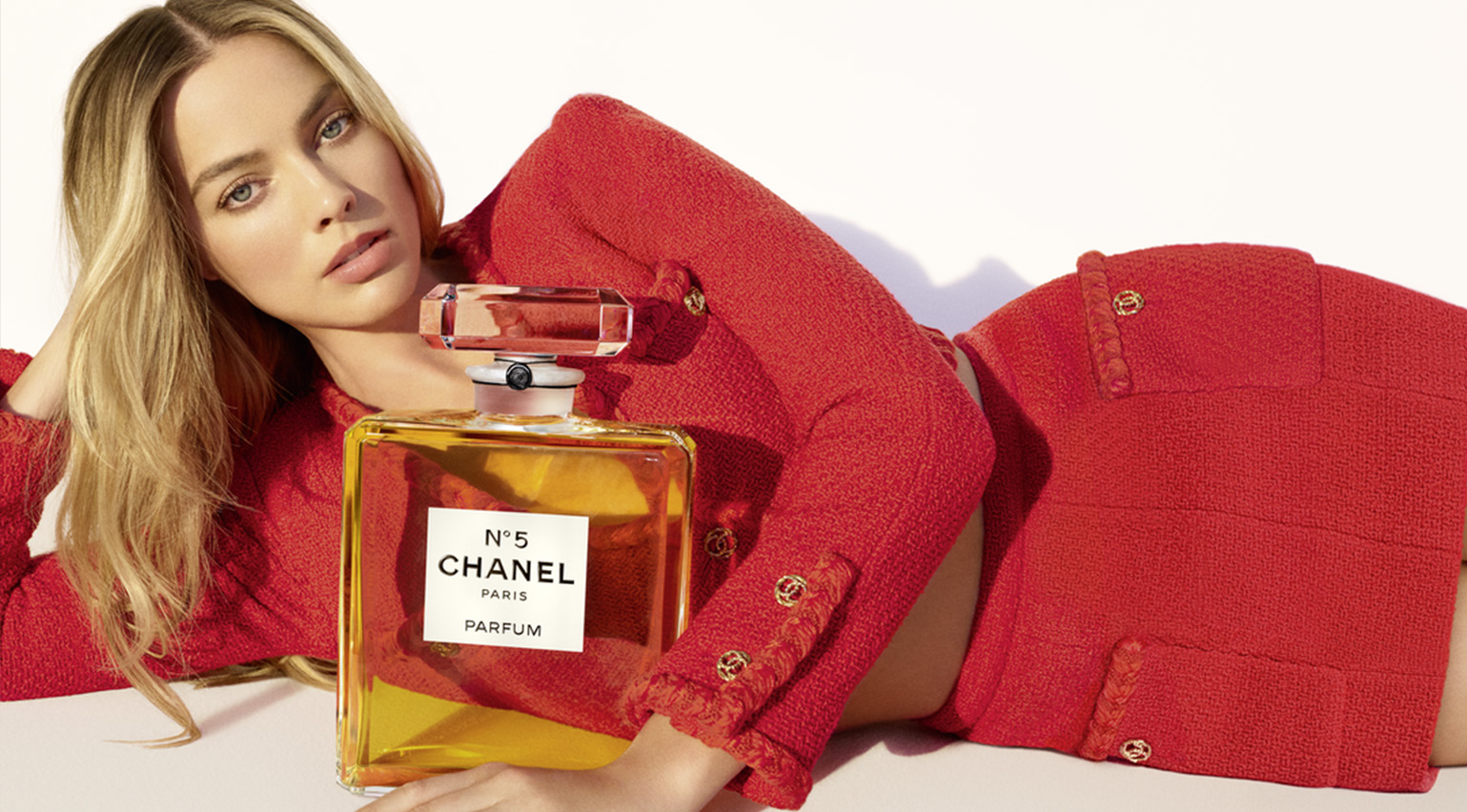 Margot Robbie, Marina Abramović and a 15-step Korean scalp treatment: the most-read Wallpaper* beauty stories of 2024
Margot Robbie, Marina Abramović and a 15-step Korean scalp treatment: the most-read Wallpaper* beauty stories of 2024The news of Margot Robbie becoming the face of Chanel No.5 and an illustrated guide to a 15-step Korean scalp treatment are just two of the most-read Wallpaper* beauty stories from the year gone by
-
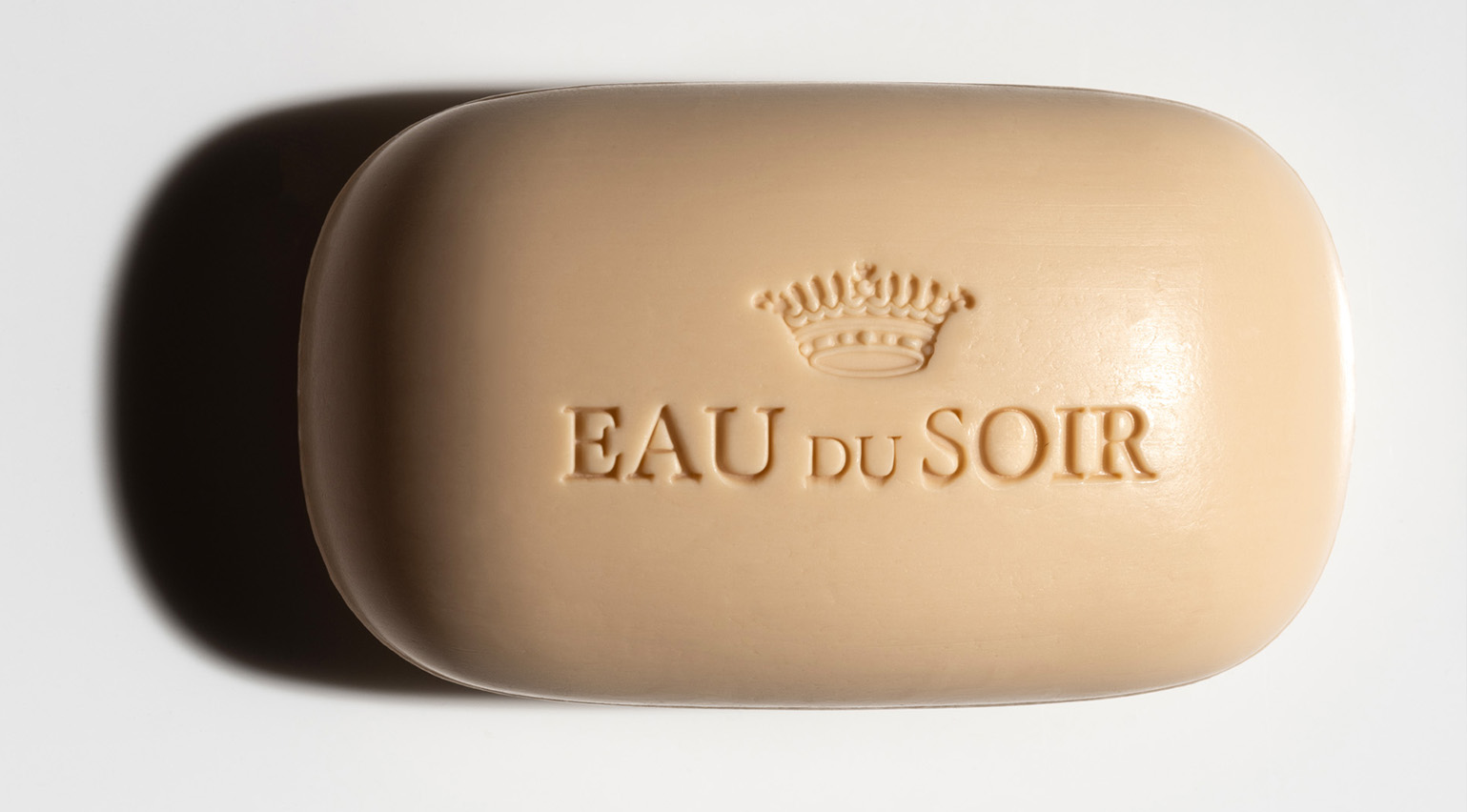 Unboxing beauty products from 2024, as seen on the pages of Wallpaper*
Unboxing beauty products from 2024, as seen on the pages of Wallpaper*Wallpaper's 2024 beauty picks included Chanel lipstick, Bottega Veneta perfume and solid soap from the likes of Aesop, Celine, Diptyque, Hermès and Sisley
-
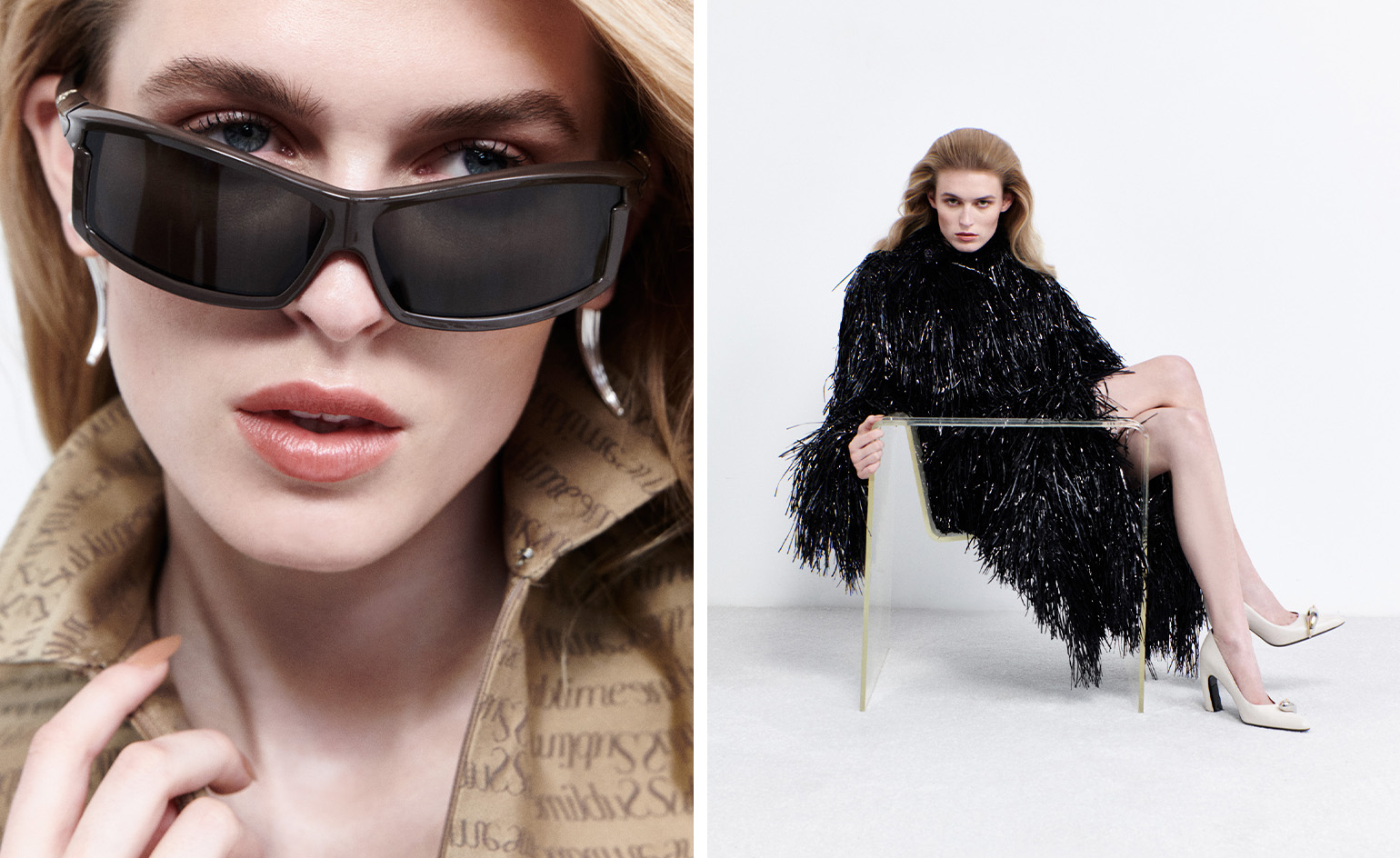 These illuminating fashion interviews tell the story of style in 2024
These illuminating fashion interviews tell the story of style in 2024Selected by fashion features editor Jack Moss from the pages of Wallpaper*, these interviews tell the stories behind the designers who have shaped 2024 – from Kim Jones to Tory Burch, Willy Chavarria to Martine Rose
-
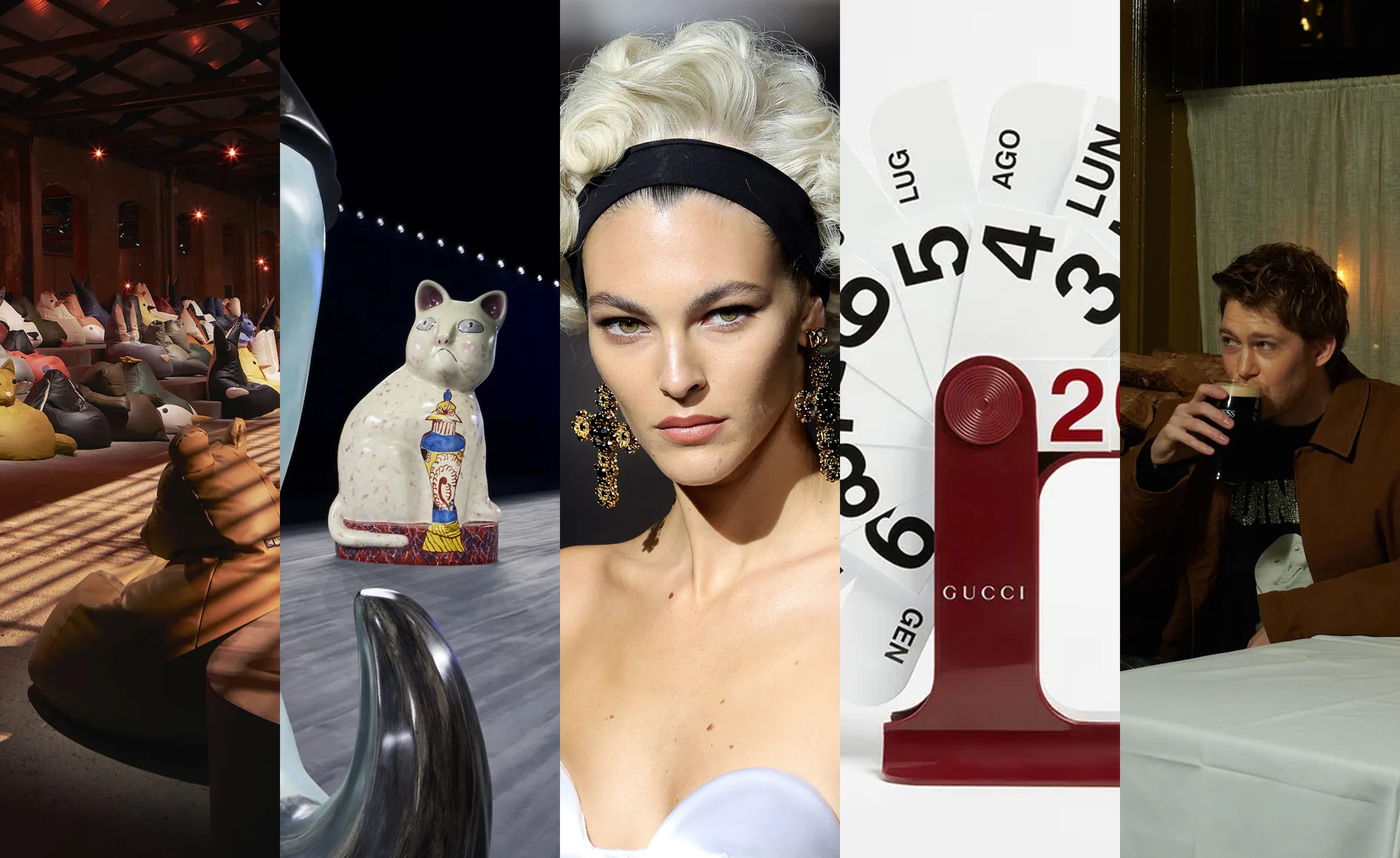 Giant cats, Madonna wigs, pints of Guinness: seven objects that tell the story of fashion in 2024
Giant cats, Madonna wigs, pints of Guinness: seven objects that tell the story of fashion in 2024These objects tell an unconventional story of style in 2024, a year when the ephemera that populated designers’ universes was as intriguing as the collections themselves
-
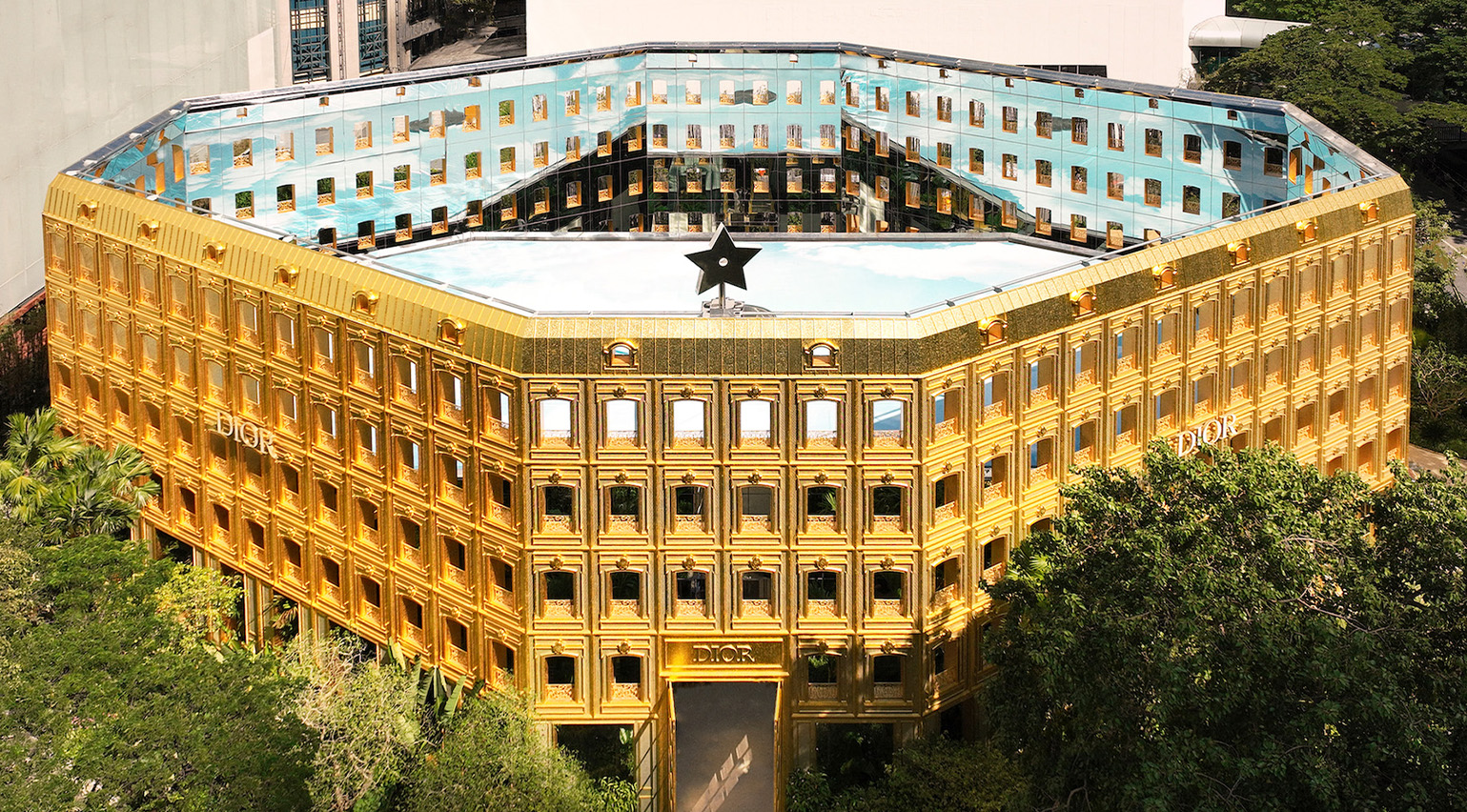 Inside Dior’s ‘Gold House’ in Bangkok, a spectacular celebration of Thai art and craft
Inside Dior’s ‘Gold House’ in Bangkok, a spectacular celebration of Thai art and craftDaven Wu takes a trip to Bangkok to discover ‘Gold House’, a gilded new concept store from Dior which is rooted in both Parisian savoir-faire and artisanal Thai craft, featuring a café, gardens and showstopping gilded facade
-
 ‘He immortalised the birth of the supermodel’: inside Dior’s career-spanning retrospective of photographer Peter Lindbergh
‘He immortalised the birth of the supermodel’: inside Dior’s career-spanning retrospective of photographer Peter LindberghOlivier Flaviano, head of Paris’ La Galerie Dior, talks us through a new Peter Lindbergh retrospective, which celebrates the seminal German photographer’s longtime relationship with the French house
-
 Fashion features editor Jack Moss’ style gift guide
Fashion features editor Jack Moss’ style gift guideWallpaper* fashion features editor Jack Moss compiles his fantasy festive wish list – from a surreal Bottega Veneta tree decoration to Hylton Nel’s Dior-approved ceramic cats
-
 What makes a ‘winter perfume’? The Wallpaper* guide to fragrances that linger on the skin and in the air
What makes a ‘winter perfume’? The Wallpaper* guide to fragrances that linger on the skin and in the airThe Wallpaper* guide to winter perfume has been compiled by our beauty editor Hannah Tindle, including scents from the likes of Bottega Veneta, Frederic Malle and Marissa Zappas